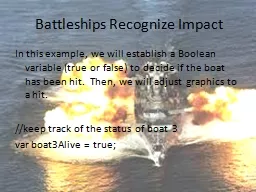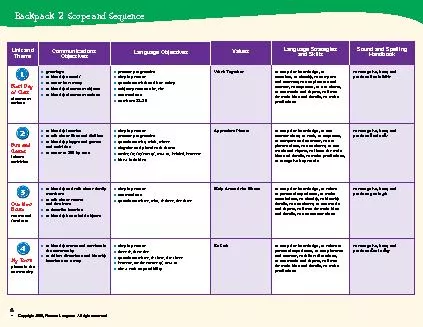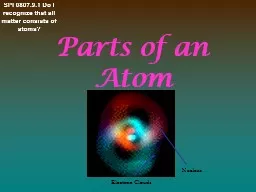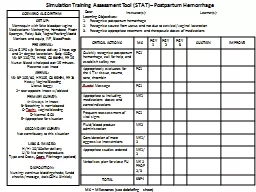PPT-Battleships Recognize Impact
Author : pasty-toler | Published Date : 2016-02-18
In this example we will establish a Boolean variable true or false to decide if the boat has been hit Then we will adjust graphics to a hit keep track of the status
Presentation Embed Code
Download Presentation
Download Presentation The PPT/PDF document "Battleships Recognize Impact" is the property of its rightful owner. Permission is granted to download and print the materials on this website for personal, non-commercial use only, and to display it on your personal computer provided you do not modify the materials and that you retain all copyright notices contained in the materials. By downloading content from our website, you accept the terms of this agreement.
Battleships Recognize Impact: Transcript
Download Rules Of Document
"Battleships Recognize Impact"The content belongs to its owner. You may download and print it for personal use, without modification, and keep all copyright notices. By downloading, you agree to these terms.
Related Documents













![[READ]-Battleships: United States Battleships, 1935-1992](https://thumbs.docslides.com/956678/read-battleships-united-states-battleships-1935-1992.jpg)
![[READ]-Battleships: United States Battleships, 1935-1992](https://thumbs.docslides.com/957635/read-battleships-united-states-battleships-1935-1992-633a7a0e5b910.jpg)